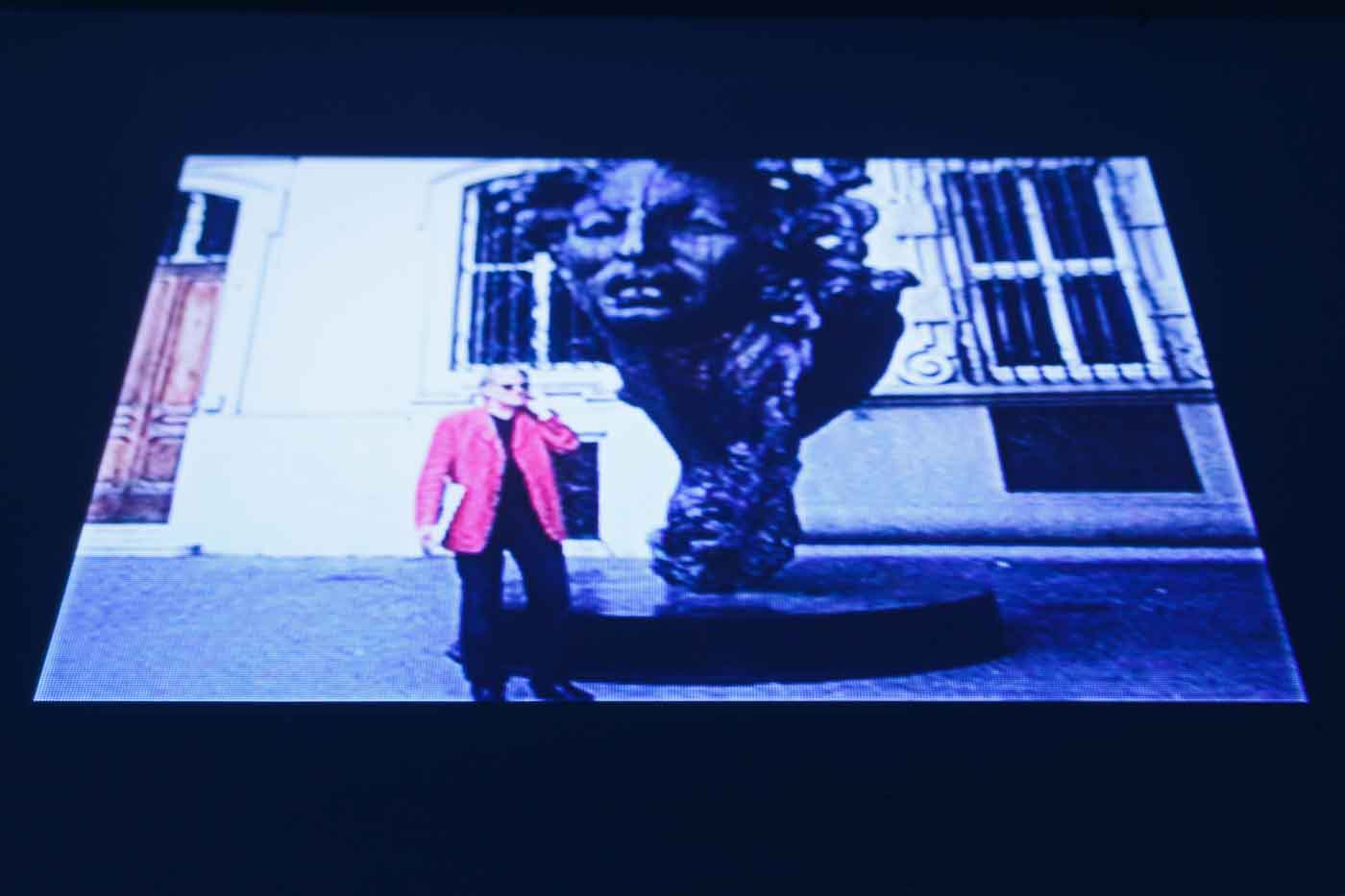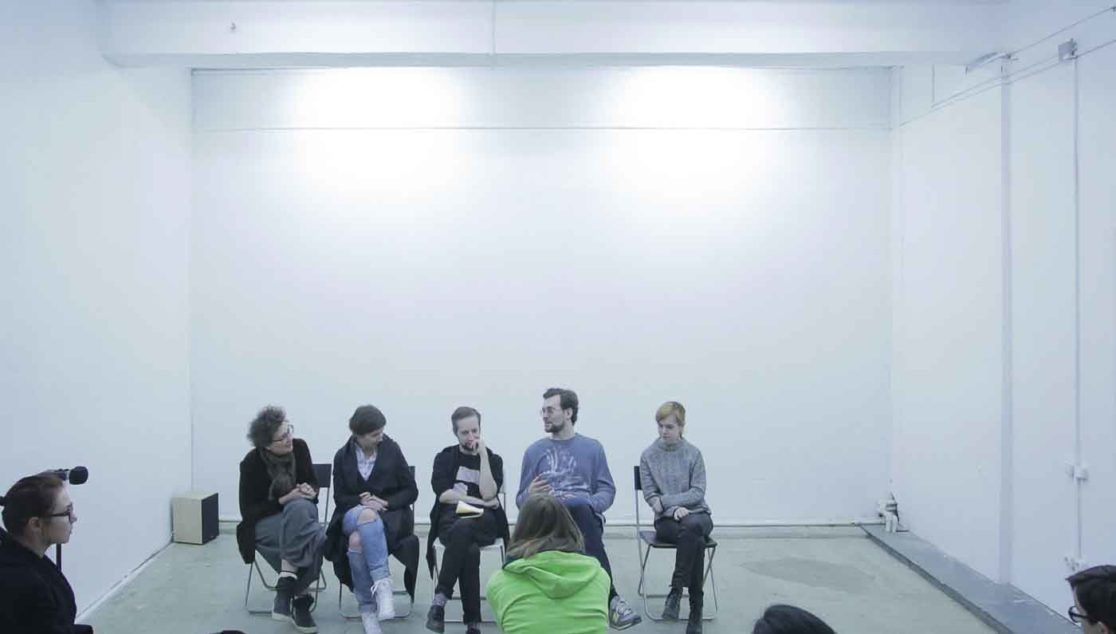Today, a person’s image is composed not of social status, class belonging or professional position, but instead, it is based on an individual’s social contacts. Whether Nils Kjeldsen is a robot, a real person or a group of people, does not matter at all; neither does his occupation or the place of living. His online activity is concentrated, mostly, around Russian art-community, which kindles mutual interest and amusement.
The content of Kjeldsen’s posts is always about something unreachable, distanced. It is the act of crying upon the slipping-away life, mixed up with reposts of Moscow cultural life chronicles — illuminating the lesser-known events and names. His pathetic poetry always includes lyrics from the 70s-80s pop and rock songs. His About on Facebook section says, “a dentist and a poet”; is this not a direct indication of the fetishization of pain?
Nils Kjeldsen’s profile could serve as an illustration to the thesis by Vilém Flusser about a “subject” as a relative concept, which can only be described through its relations with something else (“Vom Projezieren”). Post-structuralist understanding of a “subject” as an apparent failure of identity applies to the case as well (it is possible to list some of the subject’s attributes and fluid states, but they can not be captured as something integral and stable). Nils represents the idea of constructed identity which is void, deprived of any substance. But he has the freedom of composing — creating any personal code. Such a construct invites a stranger to hide underneath its cover, apply the already-created network of relations, become a second-level observer, and be on the watch from a blind spot position of the omnipresent system.
Nils Kjeldsen is, in the first place, a network (or “actor-network” in Bruno Latour’s terminology). Another way around is also true: we are all Nilses to each other, as he demonstrates the mechanism of communication in a social network in its core. Phrases as “tkx”, “nice to meet you”, and the like are the signifiers that mark the act of communication per se. Nils formally shapes the borders of a particular community. We are not able to trace the starting point — the first friend of Nils on Facebook. But we can reconstruct the logic of his network’s growth: it expands due to participants’ reactions towards Kjeldsen’s online activity — when they attract his attention and approve his friend requests. Thus, we witness the chain reaction, the communicative self-reproduction.






